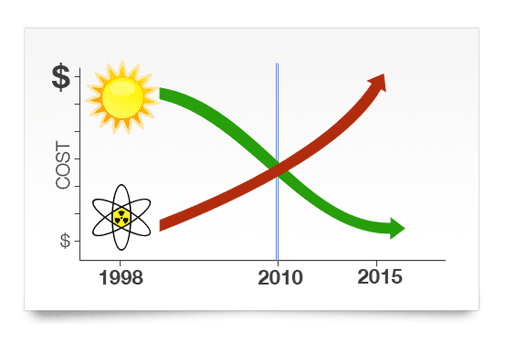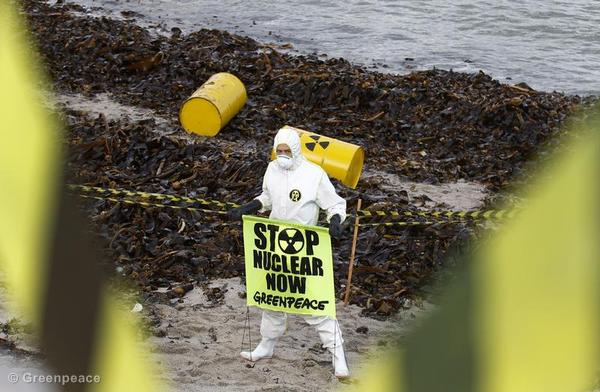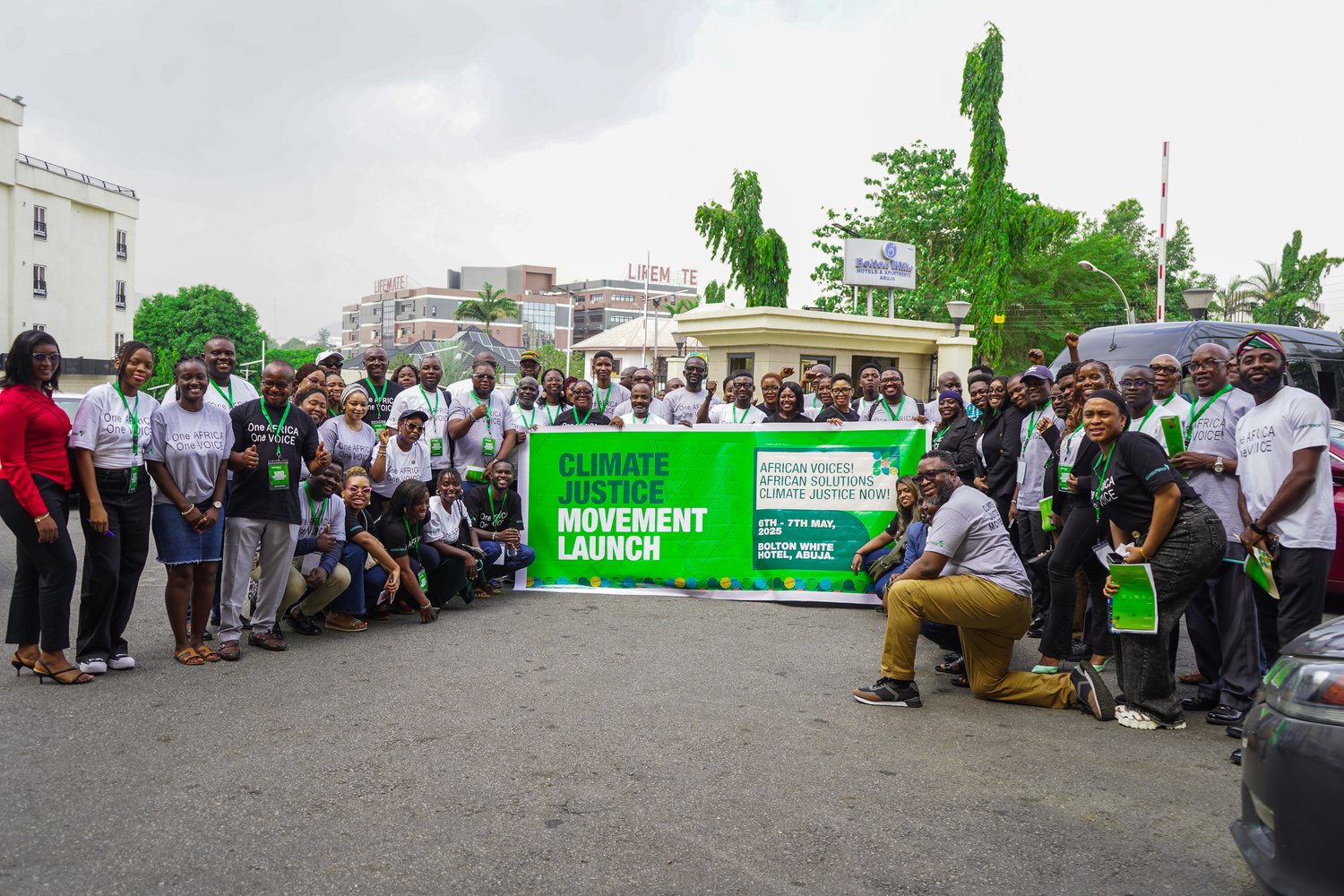>> Click on a question to read its answer or expand all answers or collapse all answers.
Introduction


Producing Nuclear Power
Uranium ore is mined around the world. The ore is put through a process called milling, resulting in a product called uranium oxide concentrate (U3O8). This is the form in which uranium is sold.
Most nuclear reactors use uranium. The most common form of this is Uranium U 238, which first has to be enriched before use in a nuclear reactor.
The following countries have uranium resources – Kazakhstan, Canada, and Australia are the main suppliers of uranium to world markets, followed by Russia, South Africa, Namibia, Brazil, Niger, USA, China, Jordan, Uzbekistan, Ukraine and India.

Nuclear Power and Nuclear Weapons
The only difference between nuclear power and nuclear weapons is the concentration of the various isotopes used in the fuel. It is up to the people controlling the process whether the fuel is used to create bombs or to generate electricity.
Each year a typical 1000 mega-watt (MW) commercial power reactor will produce 300 to 500 pounds of plutonium — enough to build between 25 – 40 Nagasaki-sized atomic bombs.
Nuclear Power and the Environment
The problem is that nuclear power plants are very expensive and they are very slow to build — meaning they can’t deliver the carbon savings we need right now at a price we can actually afford. It also means money spent on nuclear reactors isn’t spent on truely green energy sources like wind and solar power.
Nuclear power could only make a negligible contribution to emission reductions at best. Even if the entire global fleet of reactors was quadrupled, this would lead to 6% reduction in global CO2 emissions at most: far short of what we need to stop climate change.
Nuclear power is dirty and unsafe.
There is no such thing as a “safe” dose of radiation and just because nuclear pollution is invisible doesn’t mean it’s “clean”. If a meltdown were to occur, the accident could kill and injure tens of thousands of people, leaving large regions uninhabitable.
More than 50 years after splitting the first atom, science has still not devised a method for adequately handling long life radioactive waste.
Nuclear Power and the Economy

Greenpeace on Nuclear Power
The South African government announced in 2011 that it plans to build 6 new nuclear reactors. Greenpeace Africa will be campaigning to stop this and will urge the government to rethink its energy sources in the country. Nuclear is just too expensive, will take too long to build and will add to the nuclear waste piling up in the country.
We will also have various activities throughout the year to increase awareness on the debates surrounding nuclear energy. Become a member/volunteer and find out how you can get involved.
>> Do you have more questions about nuclear power? Drop them in a comment below and we’ll get our campaigner to answer them for you!





Discussion
Hi my name Is Ntlantla Valtein I'm a third year Law student, I'm interested in volunteering, with the intention of later becoming a member.
Thank you for reaching us. Kindly fill in our volunteer application form, click here >>> https://act.gp/3xscMLg